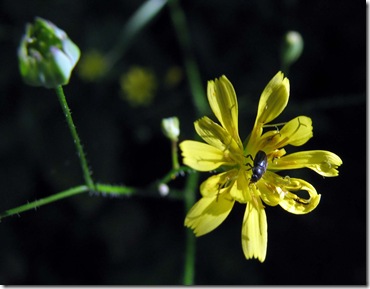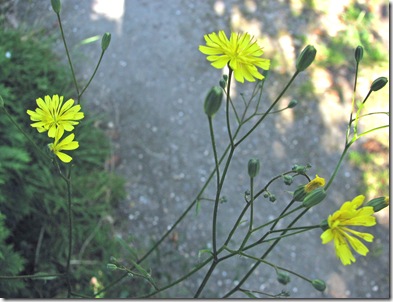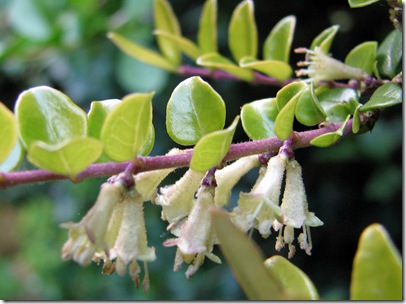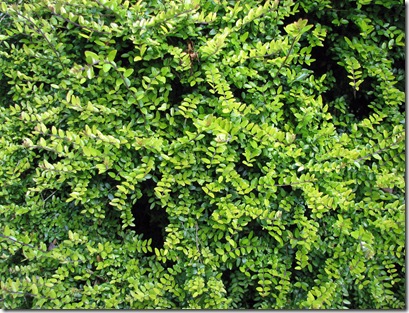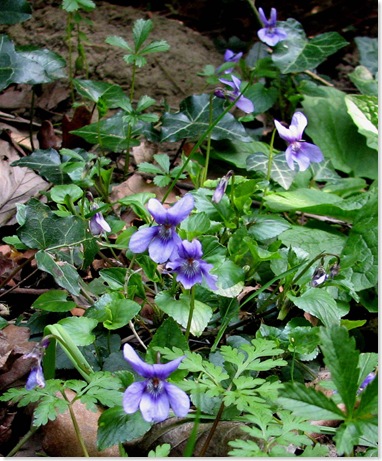Monday 20 July 2020
A July audit
Monday 13 July 2020
The narrative continues
Saturday 4 July 2009
Nipplewort beetle
The leaves on the nipplewort are fading and browning now, but the flowers are at their best.
They are much visited by Meligethes pollen beetles.
Tuesday 23 June 2009
Nipplewort (Lapsana communis)
This is now coming into flower in KWR.
The name is supposed to derive from the fact that the plant was used for cracked and sore nipples, though this seems to be an idea imported by early botanist Parkinson from Prussia.
Apart from this the plant seems largely to have been ignored in UK, though the leaves are eaten in a variety of dishes in Italy.
Friday 19 June 2009
Badger sighting
At 23:00 last night the grey shape of a badger like a shadowy submarine slid along the path through the Kitchen Window Reserve. I expect this happens every night: it reminds me of Kipling's line "Watch the wall, my darling, while the Gentlemen go by!" Enjoy in full here: http://poetry.poetryx.com/poems/1225/
Thursday 14 May 2009
Baggesen's Gold in flower
Our shrubby honeysuckle Lonicera nitida 'Baggesen's Gold' that forms much of the hedge bordering the Kitchen Window Reserve has produced quite a few of its tiny flowers.
The golden plant was selected from the green form of L. nitida at Niels Baggesen's nursery in Pembury, Kent in the 1960s and was given an Award of Garden Merit by the Royal Horticultural Society in 1993.
The wild green form comes from south west China where the first Westerner to come across it was the celebrated plant hunter Ernest Henry Wilson. It has been introduced to cultivation twice, in 1908 and in 1939, and apparently flowers are only borne on plants originating from the second introduction.
I have written a much fuller account of Baggesen's Gold and the man who introduced it here.
Monday 6 April 2009
At its best?
The reserve is, perhaps, visually at its best just now. The early dog-violets (Viola reichenbachiana) are like a patch of pale mauve-blue mist and contrast well with the rising stalks of Mrs Robb's spurge (Euphorbia amygdaloides robbiae).
Most of the dead leaves seem to have settled back into a flattish carpet and the grass is rising fresh and green through those in front of the limestone rock.
The nipplewort (Lapsana communis) is spreading its basal leaves and makes an attractive contrasting feature. It is not the sort of plant that would be recommended for ornamental gardens but, like many wild things, it has a special grace, needs no attention and seems to be proof against the depredations of slug and caterpillar. The leaves, apparently, can be used as salad or cooked like spinach and there was a time when it was cultivated for this purpose. I prefer to leave mine to grow unmolested.
As it is spring I did a vascular plant audit of the reserve and, to date, 28 species have bee recorded in this small area.




